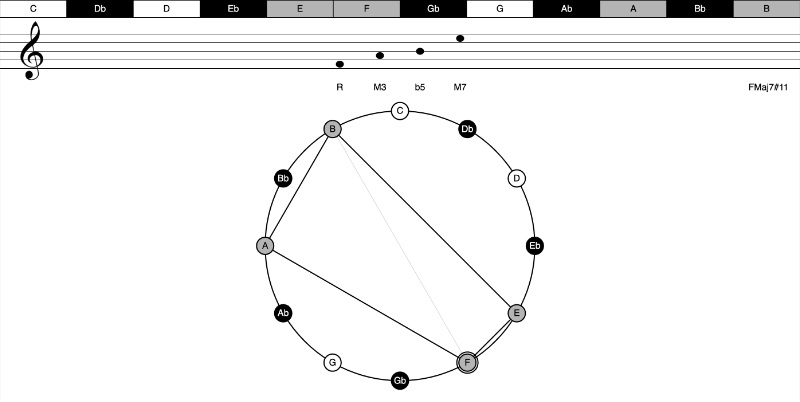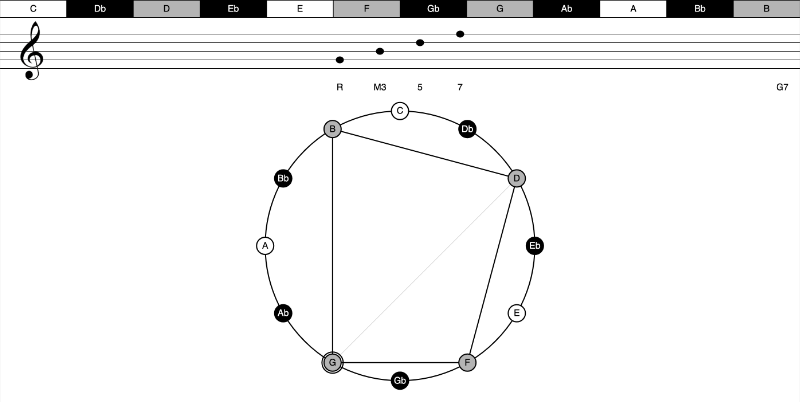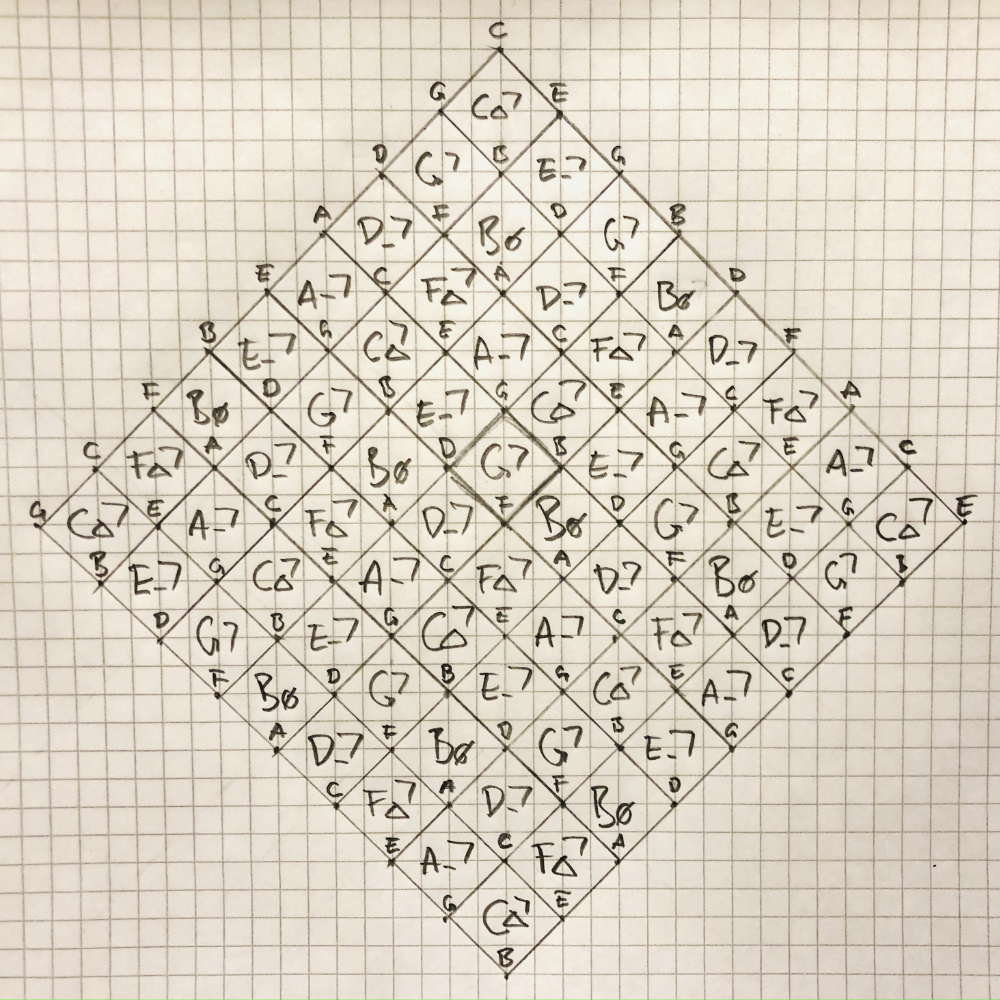This audiovisual installation explores the emergence of modernity through an innovative, affect-based research method. Grounded in historical data from Denmark (1820–1920), the project models five central societal segments — king, church, peasant, worker, and bourgeoisie — as individual soundtracks. Each soundtrack reflects the changing social significance of its group over time, with sound intensity (dB) representing social presence and influence.
This audiovisual installation explores the emergence of modernity through an innovative, affect-based research method. Grounded in historical data from Denmark (1820–1920), the project models five central societal segments — king, church, peasant, worker, and bourgeoisie — as individual soundtracks. Each soundtrack reflects the changing social significance of its group over time, with sound intensity (dB) representing social presence and influence. The five soundtracks are played simultaneously through five separate pedestal speakers, each corresponding to one societal segment.
A dynamic projection visualizes the unfolding history: Blue for the king, Green for the church, Yellow for the peasant, Purple for the bourgeoisie, Red for the worker. The movement of time is traced across a horizontal axis, while the volume and opacity of colored circles represent the evolving strength of each group.
The installation invites audiences to physically sense the rhythms of social transformation through immersive sound and light, moving beyond traditional textual interpretation. Through a synthesis of volume modulation and harmonic tension — where chords express internal social dynamics — the project fosters an affective, bodily recognition of historical processes. Rather than interpreting history solely through written narratives, visitors experience the convergences, conflicts, and shifts of modernity as tangible sonic events.
Time Prism was created for and in collaboration with AIR Lab at the IT University of Copenhagen https://airlab.itu.dk/
Note: The video version uses stereo panning as an approximation of the original five-channel installation. While the spatial movement suggests the relative positions of the societal segments, the full physical immersion of the original setup — where each group occupies its own speaker in space — is not fully replicated here. This work exemplifies “methodical transfer epistemology,” where artistic practice based on data and methodological rigor becomes a generative force in scientific research.

Harmonic Structure and Methodology in Time Prism
In Time Prism, harmonic structures are used as an auditory model for the character, dynamics, and interrelations of different societal groups between 1820 and 1920.
Each societal segment — king, church, peasant, bourgeoisie, and worker — is assigned a specific chord, chosen to reflect both the group’s historical role and its evolving relationships with other groups.
The chord selection follows these principles:
King (Cmaj7): A major seventh chord symbolizing stability, hierarchy, and the established order of absolute monarchy. The rich consonance of Cmaj7 reflects the centralized, uncontested authority of the king at the beginning of the period.

Church (Fmaj7♭5): A subdominant structure with a diminished fifth, expressing the church’s initial stability under royal authority but with internal tensions foreshadowing secularization and social fragmentation.

Peasant (Em7): A minor seventh chord, embodying humility, endurance, and gradual empowerment. Its connections with the king (through shared tones) and the worker (through minor character) reflect the peasant class’s evolution from dependency to significant political and economic force.

Bourgeoisie (G7): A dominant seventh chord, signaling ambition, tension, and a drive for resolution. The bourgeoisie’s growing economic and political power introduces dynamic instability, challenging traditional structures.

Worker (Am7): Another minor seventh chord, indicating emergence, collective mobilization, and latent strength. Sharing key tones with the peasant class and partial connections to the bourgeoisie, the worker’s harmonic character evolves from marginal presence to central force.

The Diatonic Diamond
The Diatonic Diamond Model was discovered during the early stages of composing the harmonic foundation for Time Prism: A Sonic Visualization of Social Transformation (1820–1920).
In seeking an organic way to model the historical relationships between different societal segments, a musical structure was needed — one that could express both cohesion and tension, continuity and transformation.
The exploration began with a simple C major triad (C–E–G).
Building a new triad based on the fifth (G) produced G–B–D.
Noticing that the third of G major (B) naturally aligned beneath the root C revealed an elegant structure:
C–E–G–B — a complete Cmaj7 chord.
By repeating this process — generating new triads from the fifth of each previous root — a complex, yet highly ordered, diamond-shaped grid of chords emerged.
This structure organically linked every chord through shared tones, forming a functional map of the diatonic space.
Relevance to Time Prism
- Each societal group in Time Prism (king, church, peasant, bourgeoisie, worker) is assigned a chord carefully selected from the diatonic palette.
- The shared tones between neighboring chords represent historical interdependencies — alliances, conflicts, and shifts over time.
- The diamond model ensures that no group stands alone: every harmonic entity arises from, and relates back to, others.
Thus, the Diatonic Diamond became not just a harmonic system, but a conceptual tool —
a musical topology for modeling social transformation.
Conceptual Significance
The model acts as a visual and harmonic dictionary, organizing the diatonic seventh chords of C major into a coherent spatial form.
Each movement across the diamond reflects historical processes: accumulation, rupture, alignment, and divergence.
The structure turns harmony into geometry, and historical relationships into audible, spatial tensions.
Through this discovery, Time Prism gained a foundation where sound, history, and spatial logic converge —
making social change not just visible and audible, but physically and affectively experienced.

Interactive Version
An interactive digital version of the Diatonic Diamond Model is available here.
In this online visualization, users can click on individual notes to hear them played, or trigger full chords by clicking on the centers of the diamonds.
This version brings the harmonic relationships to life, allowing users to explore the diamond’s internal logic and the dynamic interplay of tones and functions in an intuitive, hands-on way.
The interactive Diatonic Diamond provides a direct, sensory experience of the musical structure that underpins Time Prism — bridging the gap between abstract theory and embodied listening.

